Taking photos as one of the main functions of the mobile phone is getting more and more attention. From 1.2 million pixels in the Nokia era to 16 million pixels now, the imaging quality of mobile phones is developing at a speed that is visible to the naked eye. From millet 2S (32GB version) 13 million pixels IMX135 until now millet 51600 million pixels IMX298, so many years later, millet phone camera in the end how much improve? Let's take a look.

In Xiaomi 2S (32GB version), Xiaomi 3, Xiaomi Note Standard Edition, Xiaomi 5, these four millet phones can be said to be a watershed. Xiaomi Note Standard Edition is the first smartphone that millet uses optical image stabilization (millet (4) No optical image stabilization, but on the occasion of the market's flagship smartphone adopting a new generation of sensors such as the IMX230, IMX234, IMX240, etc., the millet Note standard version of the IMX214 looks like an old clock. To the millet 5 generation, the photograph of Xiaomi’s mobile phone can be said to be completely different. As the market provided the mature solution of IMX298+ Xiaolong 820, Xiaomi 5 also adopted such a combination as many flagship models. It is also equipped with four-axis optical image stabilization.


In the first set of daytime scenes, white balance: Xiaomi Note Standard Edition> Xiaomi 2S> Xiaomi 3> Xiaomi 5. In terms of analytical power, Xiaomi 5> Xiaomi Note Standard> Xiaomi 3> Xiaomi 2S.


This set of scenes total, white balance aspects: Xiaomi Note Standard Edition> Xiaomi 5> Xiaomi 2S> Xiaomi 3. In terms of analytical power, Xiaomi 5> Xiaomi Note Standard> Xiaomi 3> Xiaomi 2S.


In this set of scenes, we noticed the sky part next to the building. Due to the overexposure of Xiaomi Note Standard Edition, we could barely see the clouds in the sky. In the far font analysis, Xiaomi 5 still maintained its consistent advantages and rich details. Sharpness is high, which is the inherent advantage of IMX298 over the other three.


In this set of scenarios, Xiaomi Note Standard has the most accurate white balance, followed by Xiaomi 3, and finally Xiaomi 2S and Xiaomi 5. Although the white balance of the Xiaomi Note Standard Edition was the most true in high light, the lens also showed a significant glare, and after Xiaomi 2S zoomed in, the screen seemed to be overcast.


In this group of potted samples, Xiaomi 3 had a significant underexposure, the shooting time was about 11:30~12:00, the sun was strong at this time, and the performance of Xiaomi 5 and Xiaomi Note did not show up. The screen of Xiaomi 2S is somewhat overexposed. Resolving power, millet 5 is still the same as the second spike of other models.
In the daytime photographs, Xiaomi 5's resolving power has obvious advantages. It can be said that it is entirely roller compacted, and the millet 5 has a high rate of filming. The focusing speed + focusing success rate is much higher than the other three machines. The downside is that Xiaomi 5's white balance is occasionally distorted.


Here, millet 3, millet 2S appeared in a large area and obvious color noise, and although millet 5 did not color noise, but there have been many irregular noise, millet Note is obviously smear to reduce noise, but this Doing so will cause loss of sample details.


In this set of scenes, several machines have consistently maintained their characteristics. Xiaomi 3, Xiaomi 2S are more colorful, the screen is confusing, Xiaomi Note's standard version is heavily smudged, details are lost, and Xiaomi 5's granular noise is obvious, but it is preserved. Rich enough details.


The anti-glare levels of Xiaomi 5 and Xiaomi Note Standard Edition were similar, while those of Xiaomi 3 and Xiaomi 2S were relatively poor, and there were obvious spots on the screen. Proofs and in this group, except millet 5, the yield of the other three machine is very low.


In this group of coastal cities, due to the extremely complex light, how the four mobile phones perform to light, the white balance of Xiaomi 3 and Xiaomi 2S has apparent drift. Apart from Xiaomi 5, the details of the edges of the other three mobile phones are Not rich enough, sharpening is not enough.




Throughout the night shoot, Xiaomi 5's filming rate, focus, anti-glare, and resolving power far exceed those of the other three mobile phones. The biggest problems with Xiaomi Note Standard Edition, Xiaomi 3, and Xiaomi 2S are the three biggest problems. The focus and film rate, if not consider these two factors, the millet Note standard version than the millet 3, millet 2S has stronger noise control, although the details are lost after the painting, but this exchange is worth it.
to sum up

From the results, the photographs of Xiaomi 2S and Xiaomi 3 are very poor, not only because of the poor anti-glare ability of the proofs after their imaging, their noise, lack of resolving power, and more importantly, their filming rate is not high. Under light scenes, it often takes more than 10 shots to find a picture that is clear and focused. There is also a big gap between the photographs of Xiaomi 5 and Xiaomi Note Standard Edition. This huge gap is not simply the improvement brought by 4 million pixels. It can be seen that this is more of an algorithmic optimization. Still cliché, Xiaomi 5's use of noise for analysis does not apply to all low light scenes. In general, from Xiaomi 2S to Xiaomi 5, the photo enhancement of Xiaomi’s flagship phone is still very significant. No matter which millet user replaces Xiaomi’s mobile phone with Xiaomi 5, they will feel a qualitative leap in the photo.

 WeChat scan, call the author ~
WeChat scan, call the author ~ 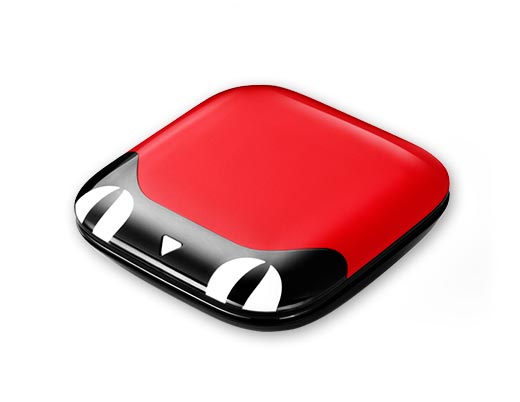
Lynx Box M13
Installation Guide>>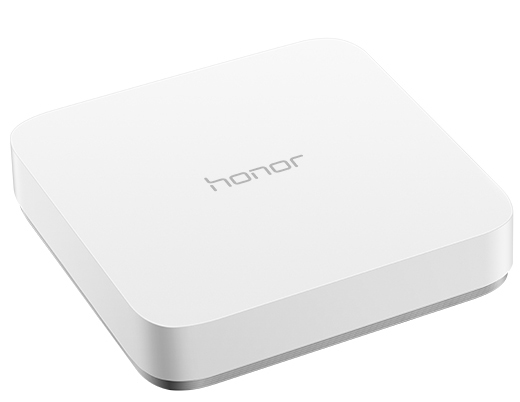
Huawei Glory Box Pro
Installation Guide>>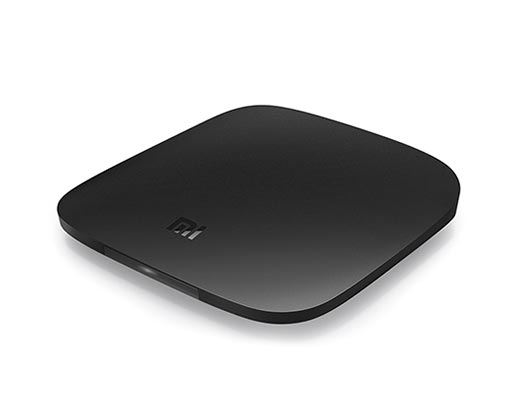
Millet box 3
Installation Guide>>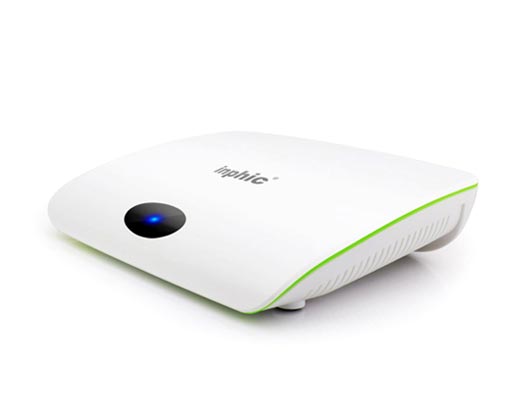
Infinik i9
Installation Guide>>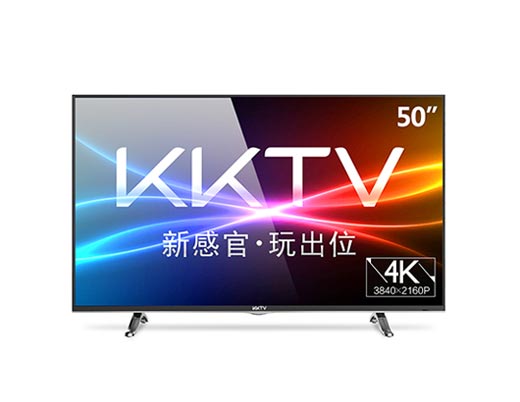
KKTV
Installation Guide>>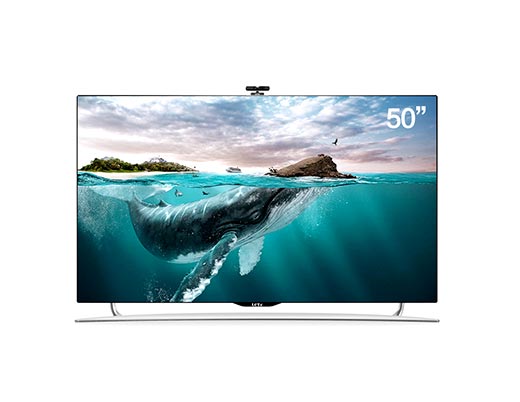
Letv TV S50 Air
Installation Guide>> My phone is my master, what APP is worth loading two: Do ​​you know these apps can be more refreshing? SioeyeIris4G Blink sports live camera evaluation VR machine Oculus Go listing, the country's summer trip out of the box one: BOSE SoundSport Pulse wireless Bluetooth sports headset out of the box do not run wrong: WeLoop Hele 3s sports watch out of the box comment
My phone is my master, what APP is worth loading two: Do ​​you know these apps can be more refreshing? SioeyeIris4G Blink sports live camera evaluation VR machine Oculus Go listing, the country's summer trip out of the box one: BOSE SoundSport Pulse wireless Bluetooth sports headset out of the box do not run wrong: WeLoop Hele 3s sports watch out of the box comment 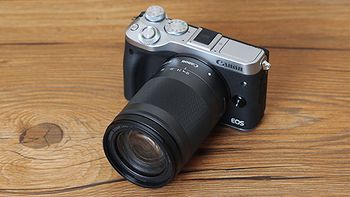 Canon EOS M6 camera start experience from entry to give up: Synology Synology DS416play NAS network storage usage report (on) TITAN X Star Wars Collector's Edition release even AMD's red are used to help you Province 200: crack ZTE ZTE B860A IPTV TV Box tutorial Black Group DSM6.1 installation tutorial (with download)
Canon EOS M6 camera start experience from entry to give up: Synology Synology DS416play NAS network storage usage report (on) TITAN X Star Wars Collector's Edition release even AMD's red are used to help you Province 200: crack ZTE ZTE B860A IPTV TV Box tutorial Black Group DSM6.1 installation tutorial (with download) Latest equipment
Smart TV TV boxSmart TV / Box Reviews
Installation guide
Find the model to find the methodapplication
Hot topics

















